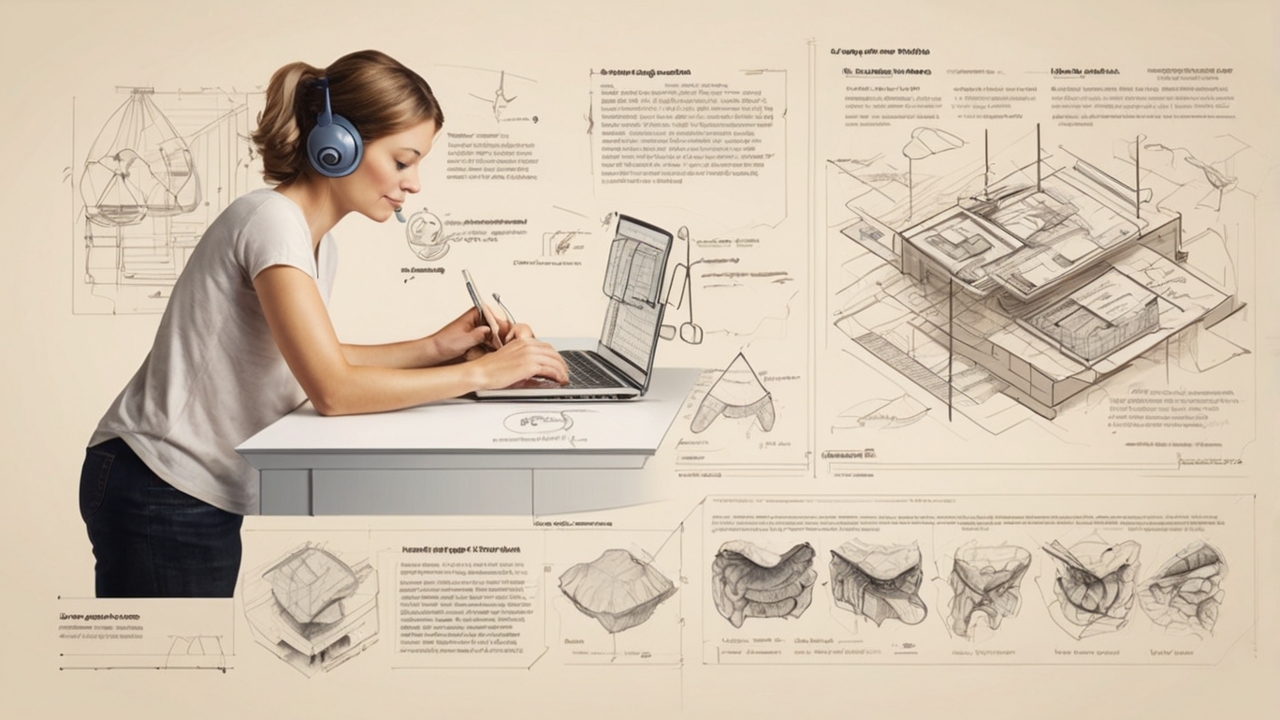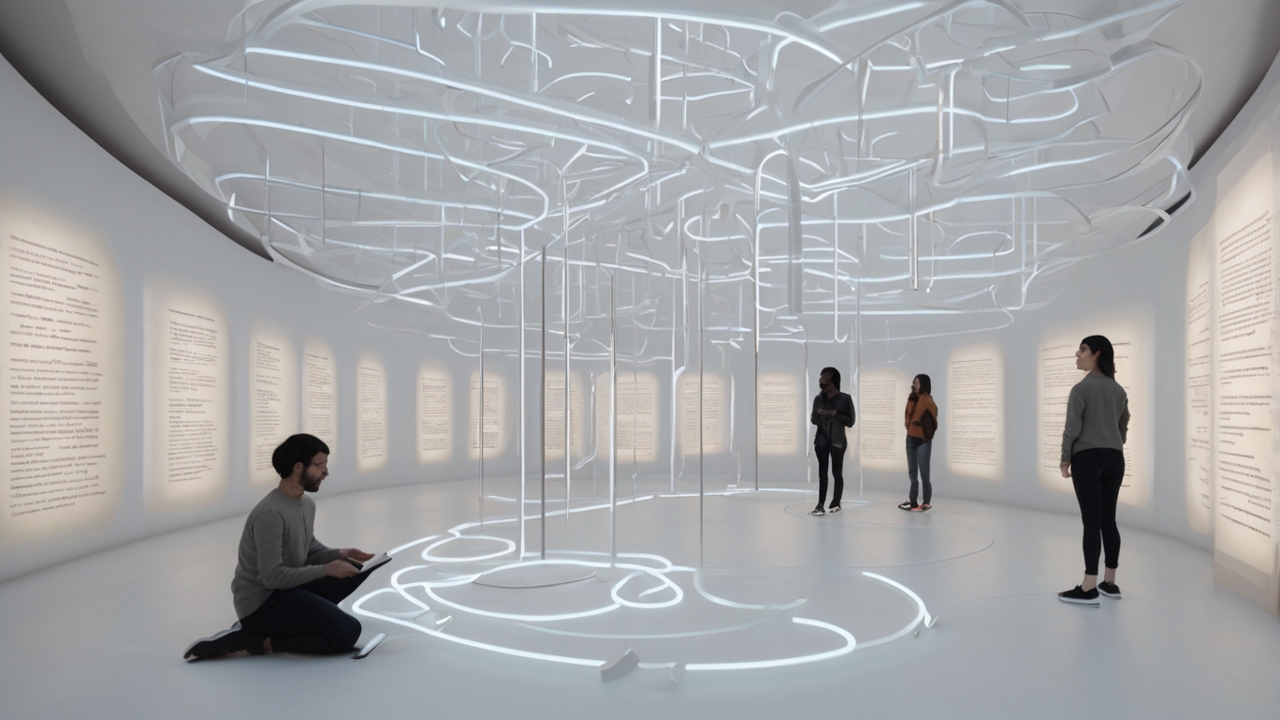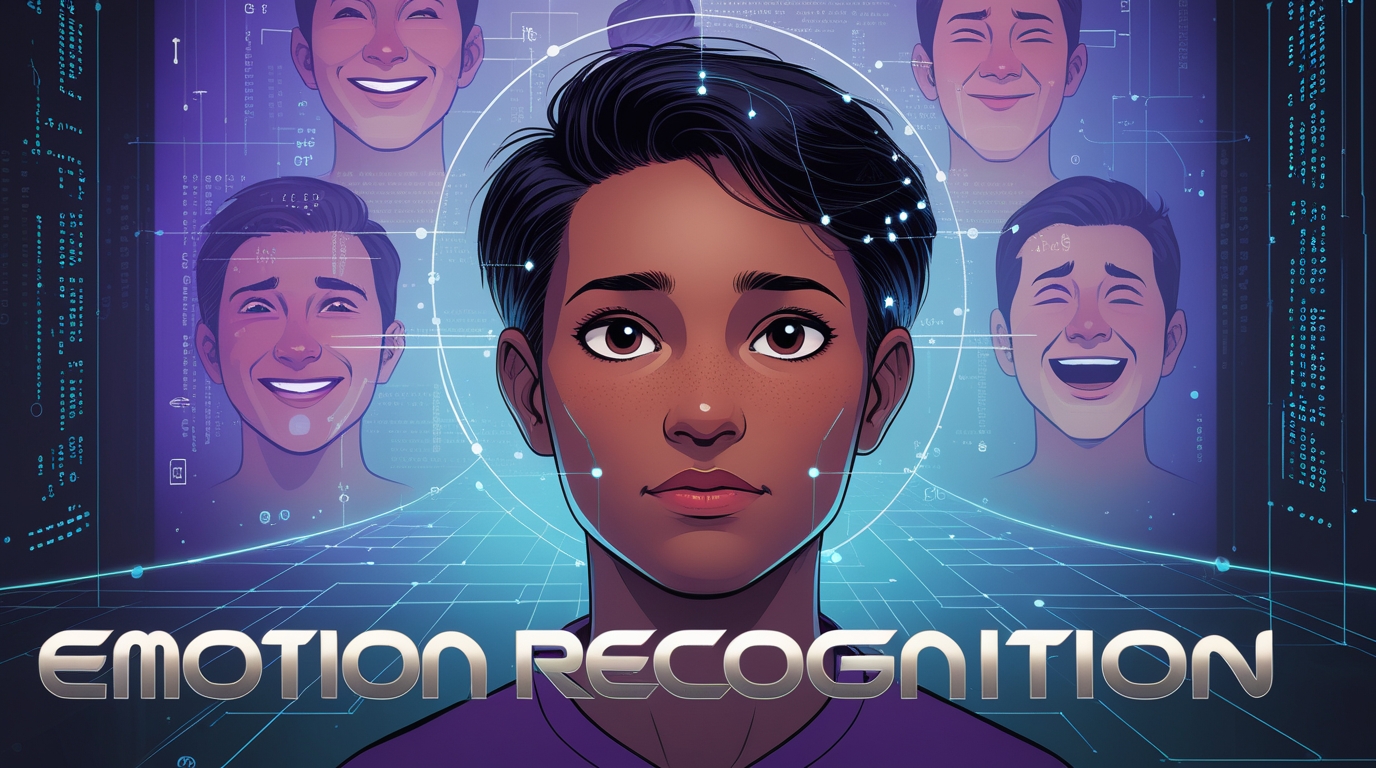Mayumiotero – GAN-Based Image Translation represents one of the most fascinating advances in artificial intelligence today. When you see an AI transform a daytime photo into a dramatic night scene or turn a portrait into a Van Gogh-style painting, it is often powered by Generative Adversarial Networks (GANs). These models do not simply apply filters; they learn visual language and recreate content in new styles while preserving core structure. As someone who has followed AI evolution from simple pattern-recognition systems to creative neural engines, I find this technology particularly transformative because it blurs the line between digital learning and artistic intuition. The result is a field where science meets imagination, and machines learn to “see” and “paint” the world with flair.
“Read also: Thailand Welcomes Sora: OpenAI’s New AI Video App Ignites Asia’s Creative Scene“
How GANs Learn: Two Neural Networks in Creative Competition
At the heart of GAN-Based Image Translation lies a unique duel between two neural networks: the generator and the discriminator. The generator crafts images that match a target style, while the discriminator judges whether they are authentic or AI-produced. Over repeated iterations, the generator improves until even the discriminator becomes unsure, marking success. This adversarial learning mirrors human creativity, where feedback sharpens skill. Having observed early GAN papers and experiments, I still remember how groundbreaking the 2014 breakthrough felt suddenly machines were not only identifying objects but inventing them. This dual-learning mechanism gives GANs a creative edge unmatched by traditional algorithms.
Paired vs. Unpaired Image Translation: Why It Matters
In practice, GAN-Based Image Translation works in two primary ways: paired and unpaired learning. Paired models require aligned input and output samples for example, identical photos taken in summer and winter. Meanwhile, unpaired models like CycleGAN learn without direct matches, relying on cycle-consistency constraints. This flexibility makes GANs incredibly powerful, especially when real-world data is sparse. In fields such as climate simulation, medical imaging, and cultural preservation, acquiring perfectly paired samples is nearly impossible. Here, unpaired GANs unlock creative and scientific possibilities, enabling meaningful learning from imperfect datasets, much like humans adapt from fragmented experiences.
CycleGAN, StyleGAN, and Beyond: Leading Architectures in Style Conversion
When discussing GAN-Based Image Translation, models like CycleGAN and StyleGAN inevitably dominate the conversation. CycleGAN excels in converting horses to zebras or summer landscapes to winter scenes without paired training data, while StyleGAN creates hyper-realistic human faces indistinguishable from real life. Today’s state-of-the-art models, such as GAN-Inversion and Diffusion-GAN hybrids, push this further by offering controllability, multi-style blending, and higher-resolution outputs. In my opinion, the competition between architectures feels like a renaissance era for neural creativity each innovation expands what machines can emulate in visual imagination.
“Read also: Cursor 2.0: Redefining AI-Powered Software Development with Speed, Intelligence, and Multi-Agent Collaboration“
Real-World Applications: From Entertainment to Scientific Discovery
Although many encounter GAN-Based Image Translation in fun filters or AI art tools, its impact extends far deeper. Film studios enhance scenes instantly, dermatology models simulate skin conditions for diagnosis, and architects visualize materials before construction. Even historical conservationists rely on GANs to restore old photographs or colorize black-and-white archives. When I first watched a GAN reconstruct damaged archival footage with astonishing accuracy, it felt like witnessing technology give memory back to history. That emotional value beyond pure computation illustrates why this field continues to accelerate.
Ethical Considerations: Power With Responsibility
As powerful as GAN-Based Image Translation is, it raises ethical concerns. The same technology that creates art can generate deepfakes or manipulated media. Ensuring transparency, watermarking AI outputs, and building detection systems are crucial steps toward responsible adoption. I believe ethics should evolve alongside technical progress; innovation without accountability risks eroding trust. The goal should be empowering creativity while protecting truth an achievable balance when the industry collaborates and educates users responsibly.
Why GAN-Based Image Translation Feels Like the Future
Unlike traditional editing software that requires manual input, GANs learn stylistic nuance and apply transformations autonomously. That ability to mimic artistic movement or understand lighting cues makes them feel almost perceptive. With hardware advances and hybrid models blending GANs with diffusion and transformers, we are entering an era where style conversion becomes dynamic and interactive. Future systems may allow real-time cinematic transformations or collaborative AI-human design workflows. In many ways, the future of creativity feels like co-creation rather than replacement, where machines assist rather than overshadow.
A New Language of Visual Intelligence
GAN-Based Image Translation is more than a technical innovation; it is a cultural shift. It empowers creatives, accelerates research, and redefines how machines learn aesthetics and meaning. We stand in a moment where AI does not merely compute it imagines. The challenge moving forward is ensuring that imagination remains a tool for progress, beauty, and insight. As this technology matures, I foresee a world where GAN models become foundational tools across industries quietly shaping art, science, communication, and memory.



